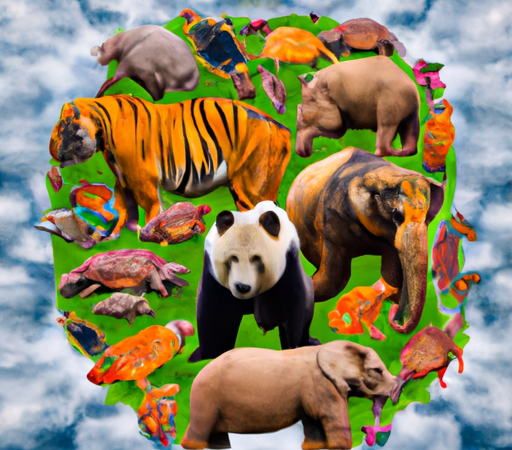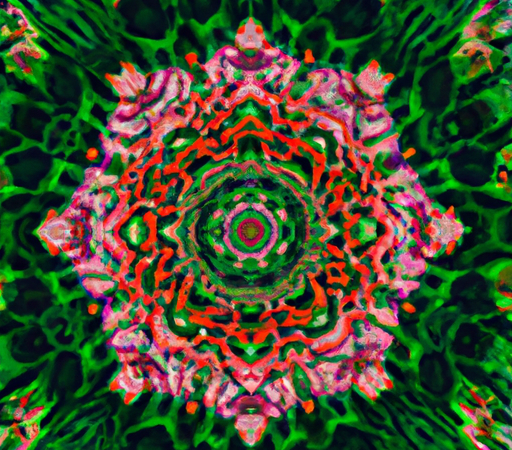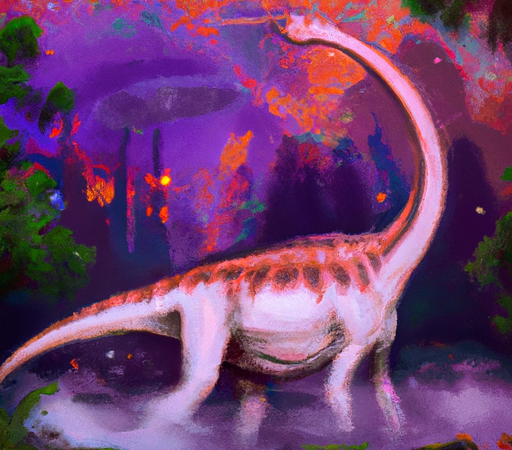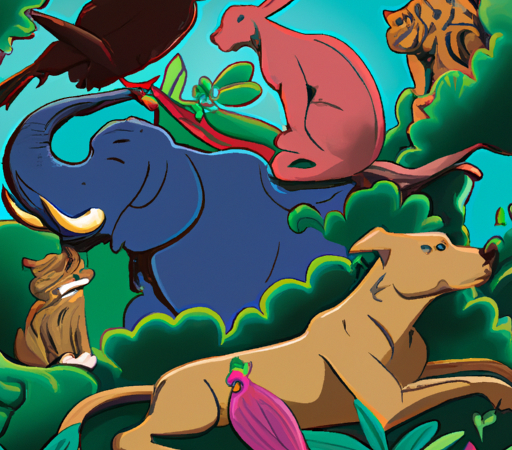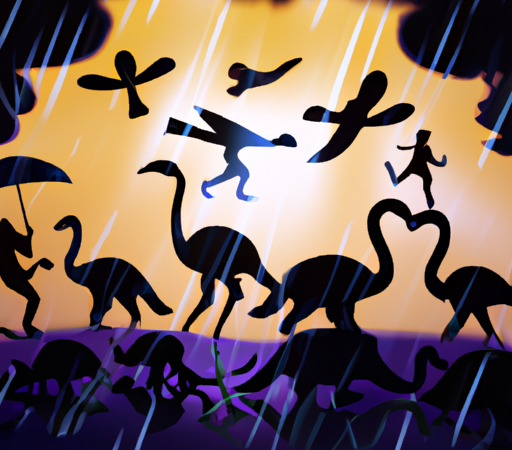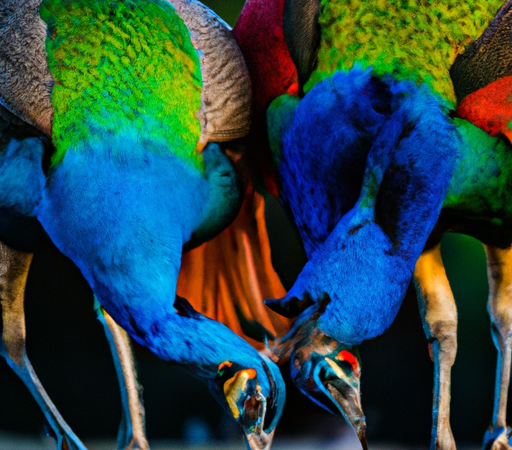Bizarre Eating Habits in the Animal Kingdom: A Glimpse into the Wild
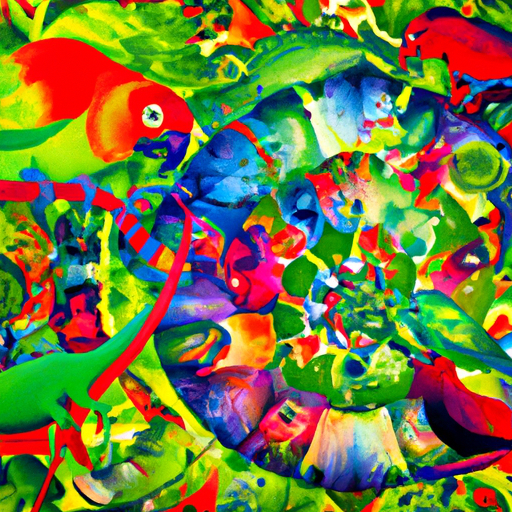
When we think about the animal kingdom, we often envision majestic creatures roaming freely in their natural habitats, preying on other animals or foraging for fruits and vegetation. However, our perception of their eating habits drastically changes when we delve deeper into the wild and discover some of the bizarre eating habits that exist in the animal kingdom. From strange food preferences to peculiar dining rituals, these animals never fail to astonish us with their unique tastes and behaviors.
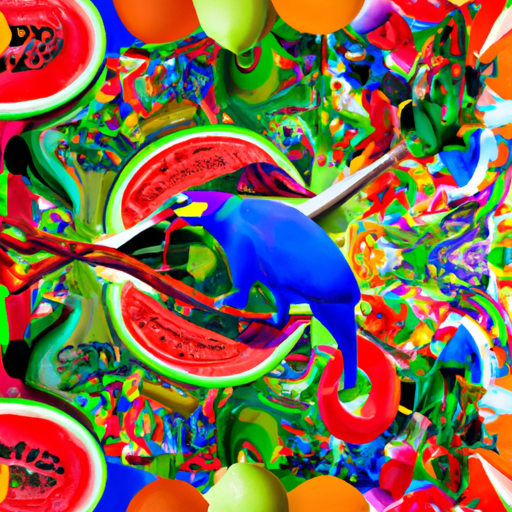
One prime example of odd eating habits can be found in the psychedelic parrotfish. These vibrant creatures, commonly found in coral reefs, are known for feasting exclusively on coral. Not only do they consume the polyps and other organisms that live within the coral, but they also munch on the hard coral skeleton. This jaw-dropping behavior serves a dual purpose: not only does it provide the parrotfish with sustenance, but it also aids in the formation and renewal of coral reefs, as the process of ingesting and passing coral sand helps create fine sediment that contributes to the growth of new coral.
Moving on from the underwater world, we encounter the peculiar dining habits of the hoatzin, a bird native to the Amazon rainforest. What sets this bird apart from others is its unique digestive system. Hoatzins have an enlarged foregut that functions similarly to a cow's rumen. In order to break down their plant-based diet effectively, they ferment food within their gut, producing large amounts of gas in the process. This unusual adaptation causes the hoatzin to emit an odor akin to that of cow manure. The smell can be so overwhelming that it has earned the bird the nickname "stinkbird." Though this may not appeal to human senses, it happens to be a successful survival strategy for the hoatzin.
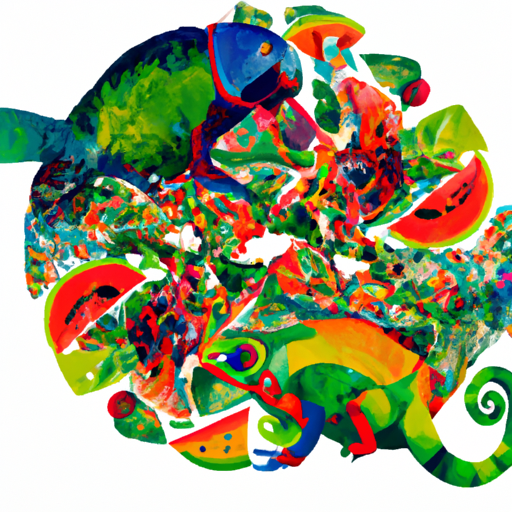
Moving onto insects, we encounter another peculiar eating habit demonstrated by the stalk-eyed fly. These insects are adorned with protruding stalk-like eyes that extend out of their head, resembling long antennae. While these elongated eyes serve various purposes, one of the most fascinating is their role in finding food. Males use their long stalks to compete for female attention and rivalry over resources such as food. They engage in head-butting contests to prove their dominance, sometimes pushing their opponents' eyes out of alignment. The victor then has access to better food sources, leading to a healthier and more successful reproductive life.
Not to be outdone, the African honey badger stands out for its fearless and savage eating habits. Despite its name, this creature is not particularly interested in honey. Instead, the honey badger is known for its exceptional hunting skills and an astonishingly wide-ranging diet. It feasts on practically anything it can catch, from small rodents and reptiles to larger mammals such as antelope. Additionally, this audacious predator is notorious for attacking beehives to indulge in both their larvae and the honey within. With its powerful jaws and seemingly insatiable appetite, it's no wonder the honey badger is considered one of the fiercest predators in the animal kingdom.
These examples only scratch the surface of the myriad of bizarre eating habits found throughout the animal kingdom. From parrotfish munching on coral to hoatzins emitting pungent odors, and stalk-eyed flies head-butting for better food sources, animals never cease to amaze us with their unique and adaptive behaviors. These glimpses into the wild remind us of the vast diversity and inherent peculiarities that exist in nature, making it all the more fascinating to explore the extraordinary world of animals and their unconventional eating habits.

